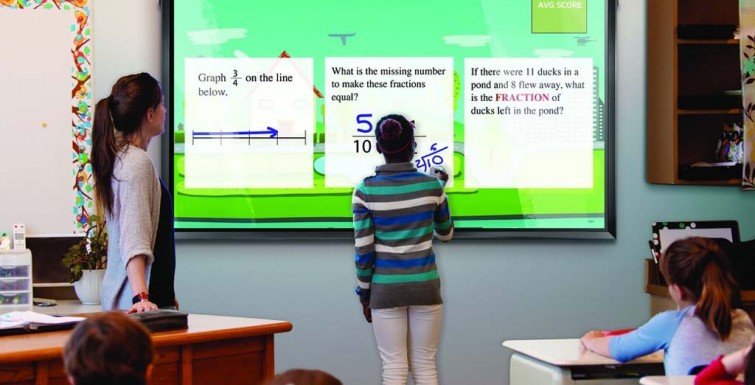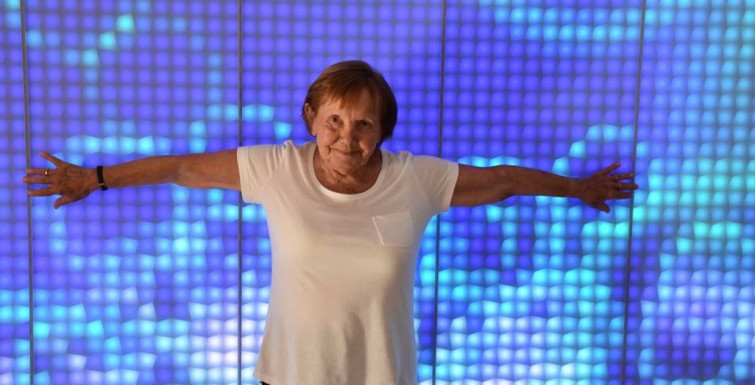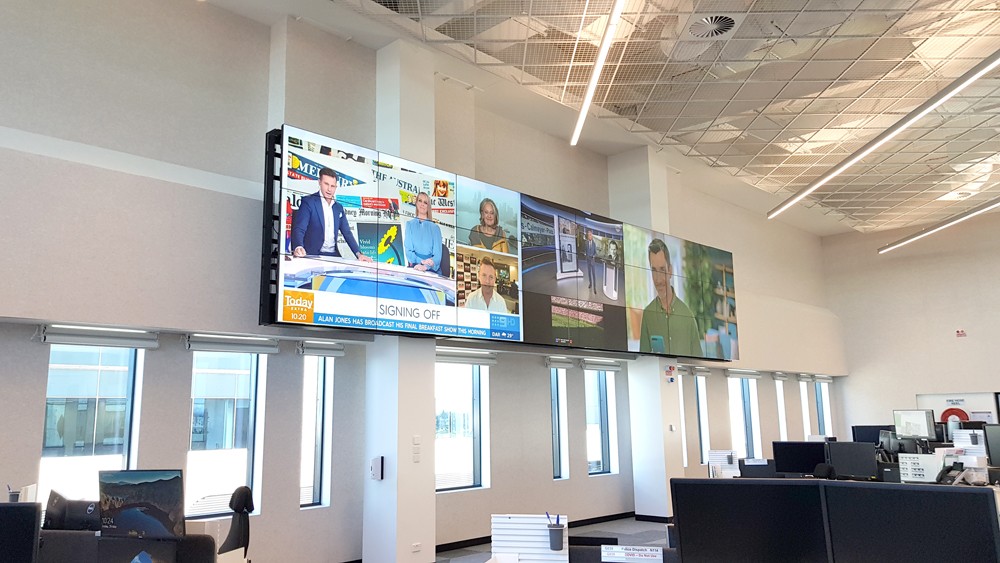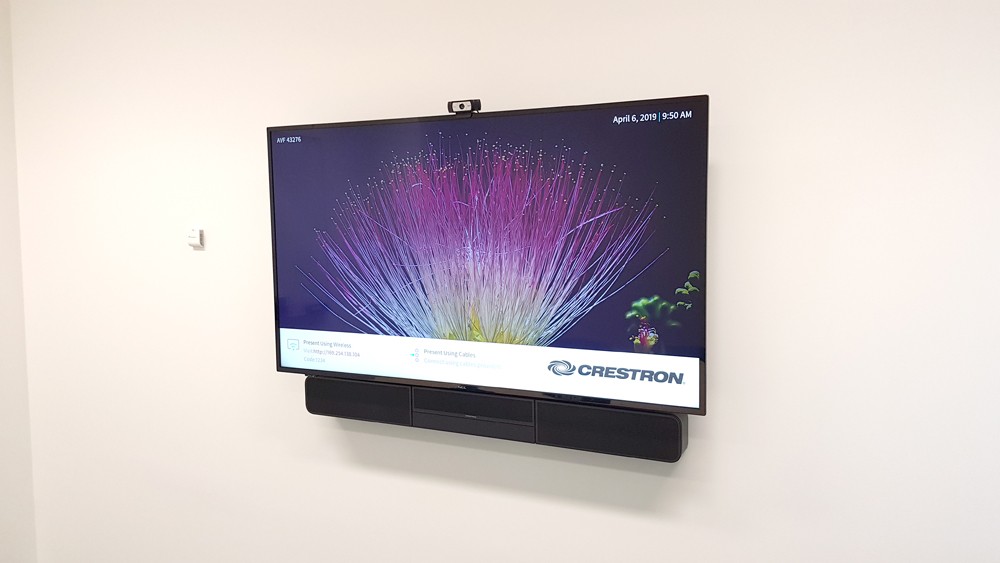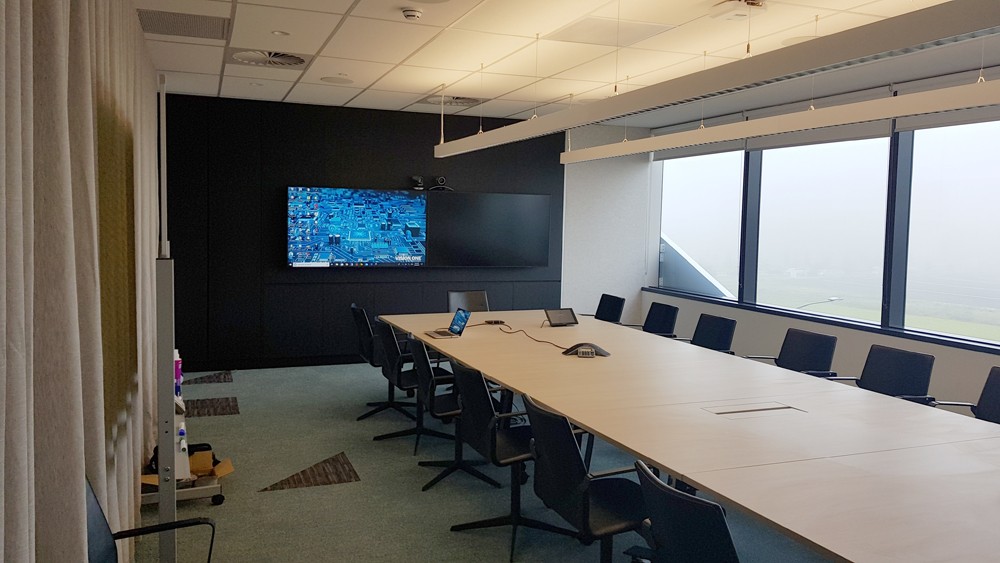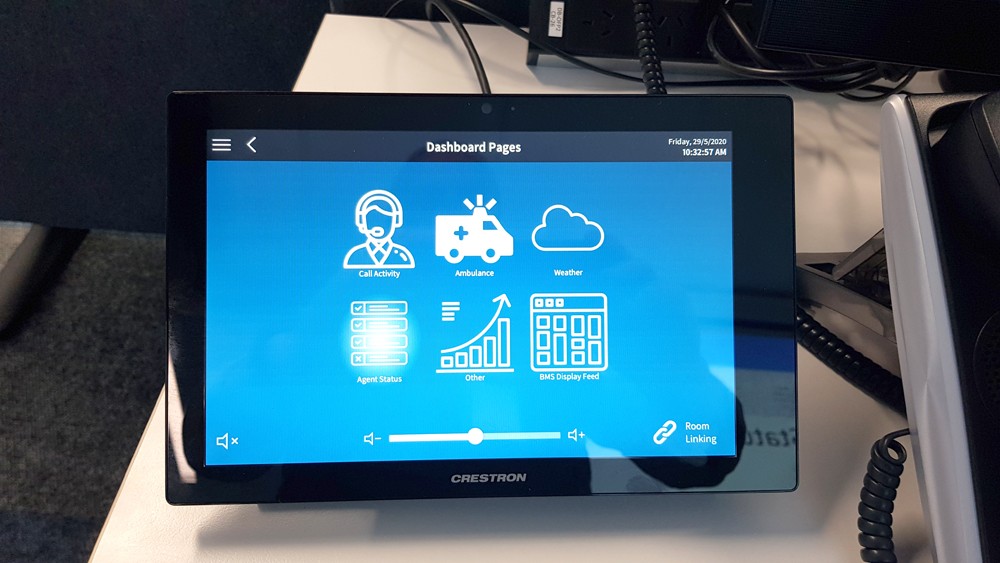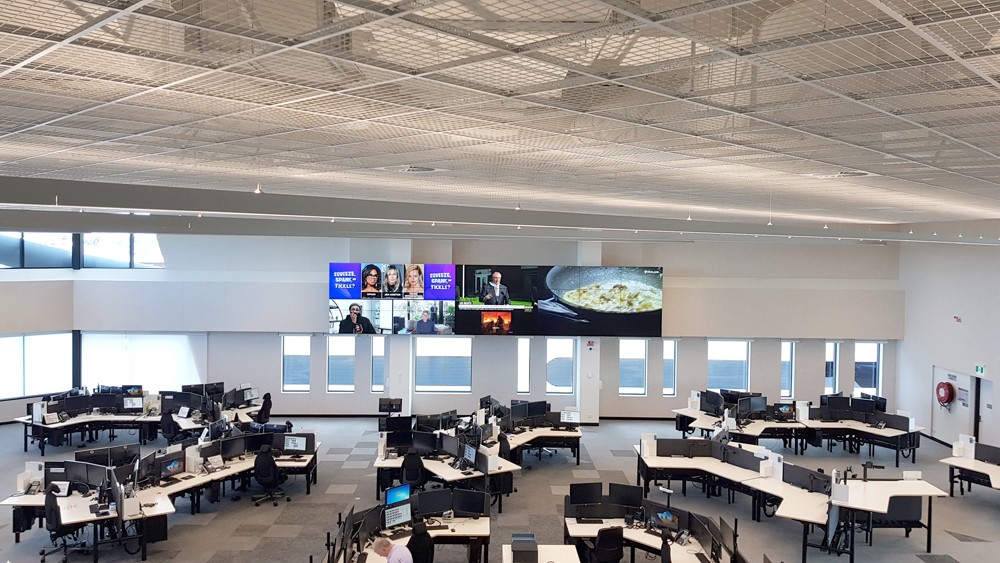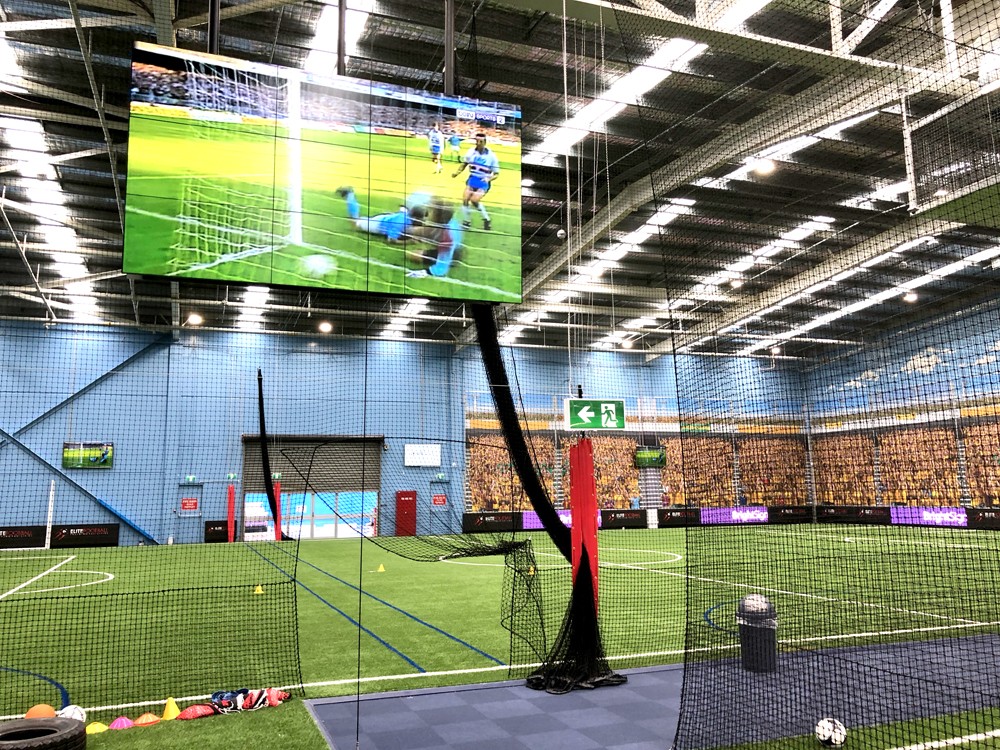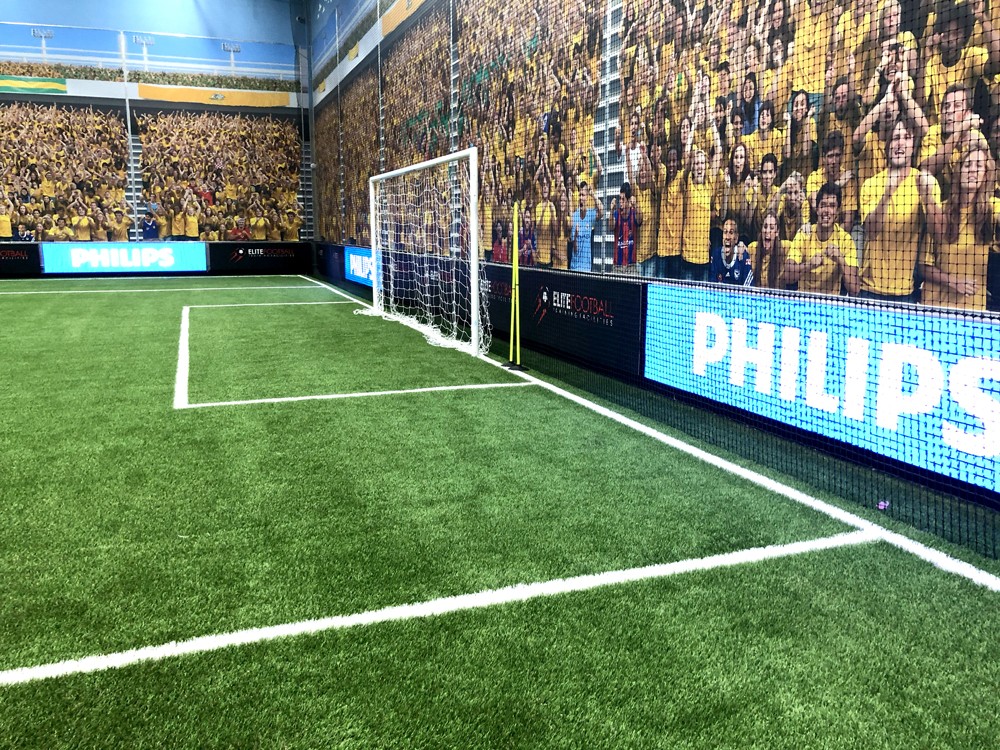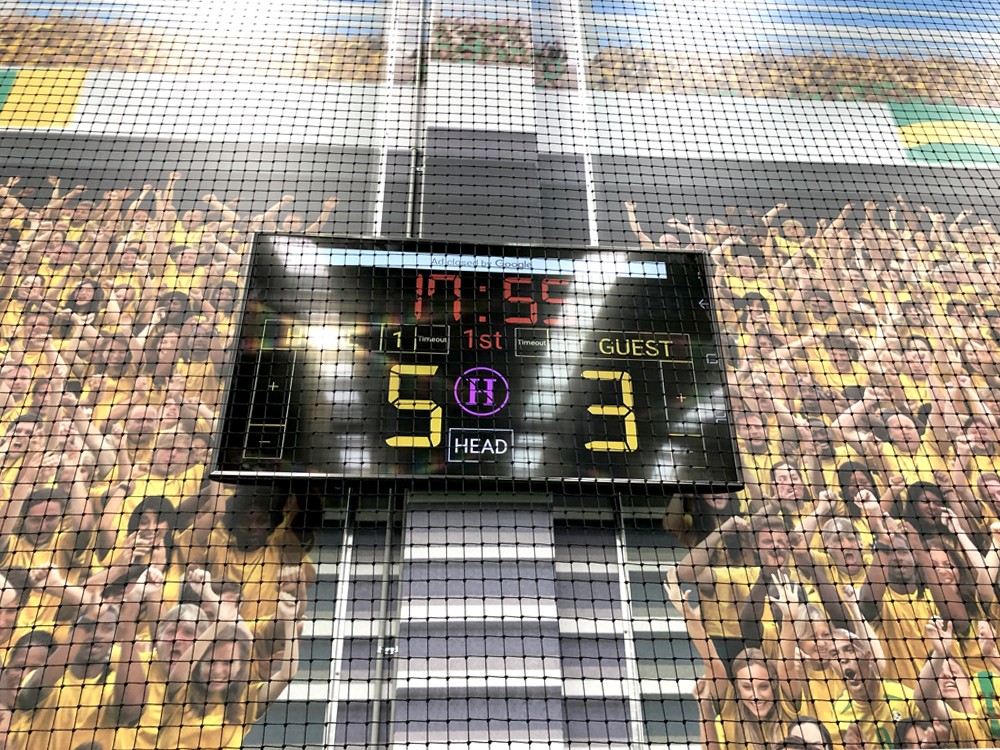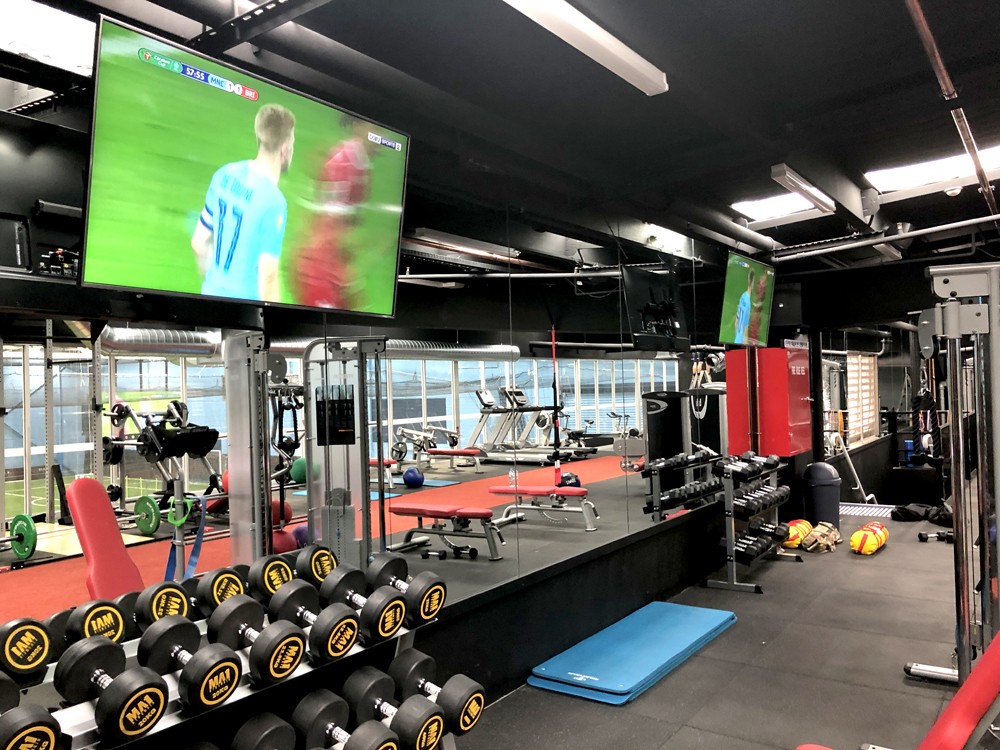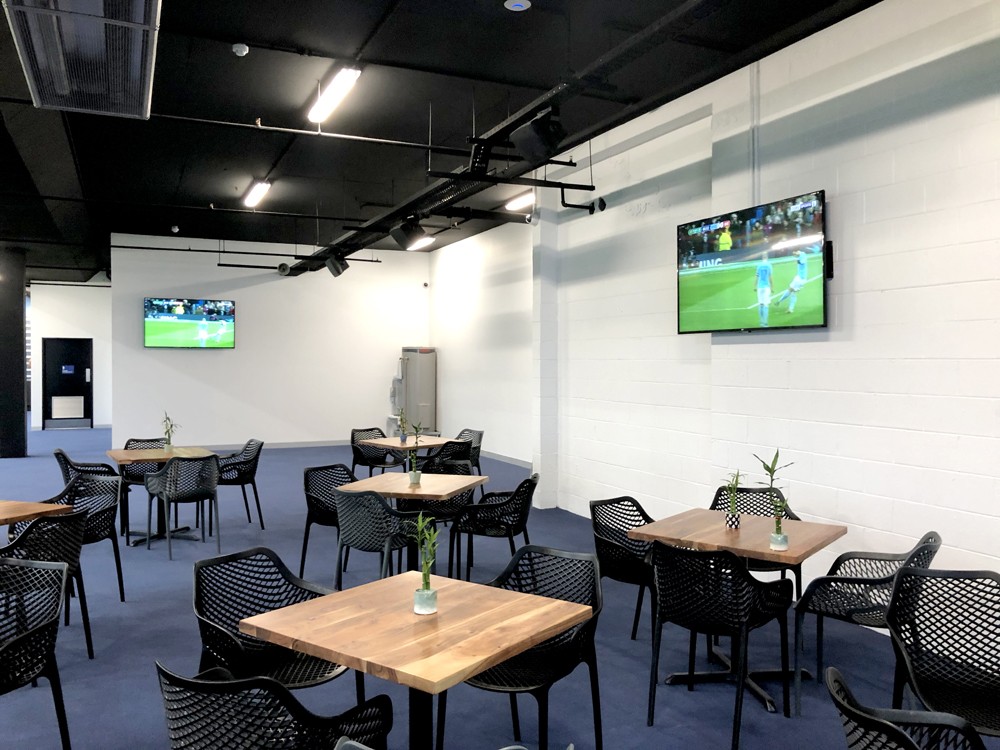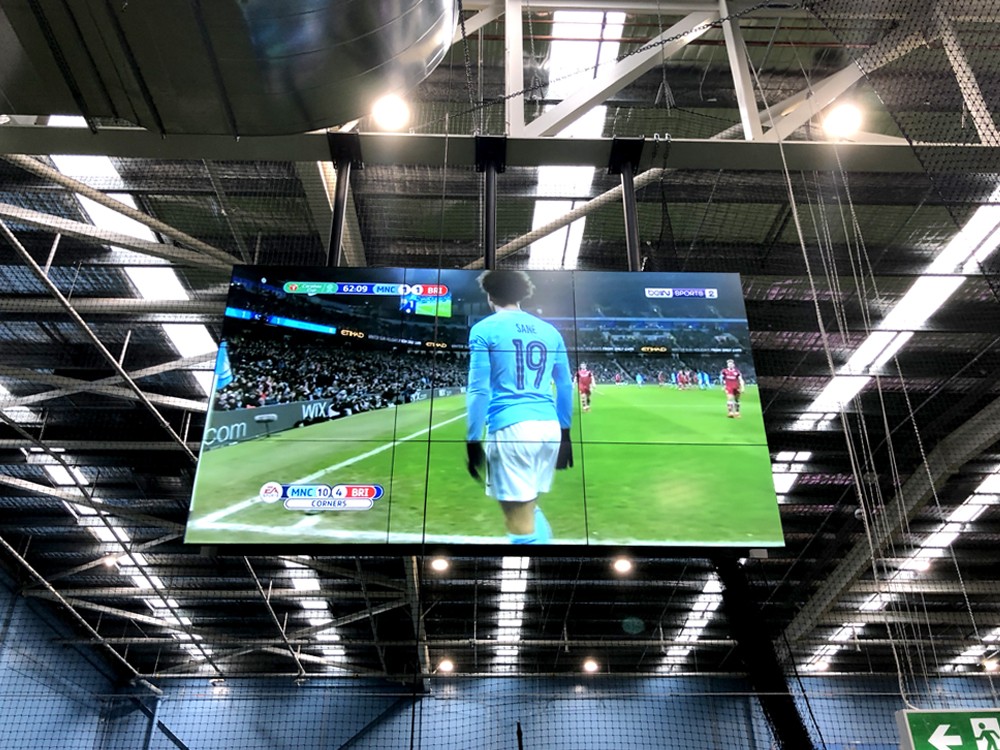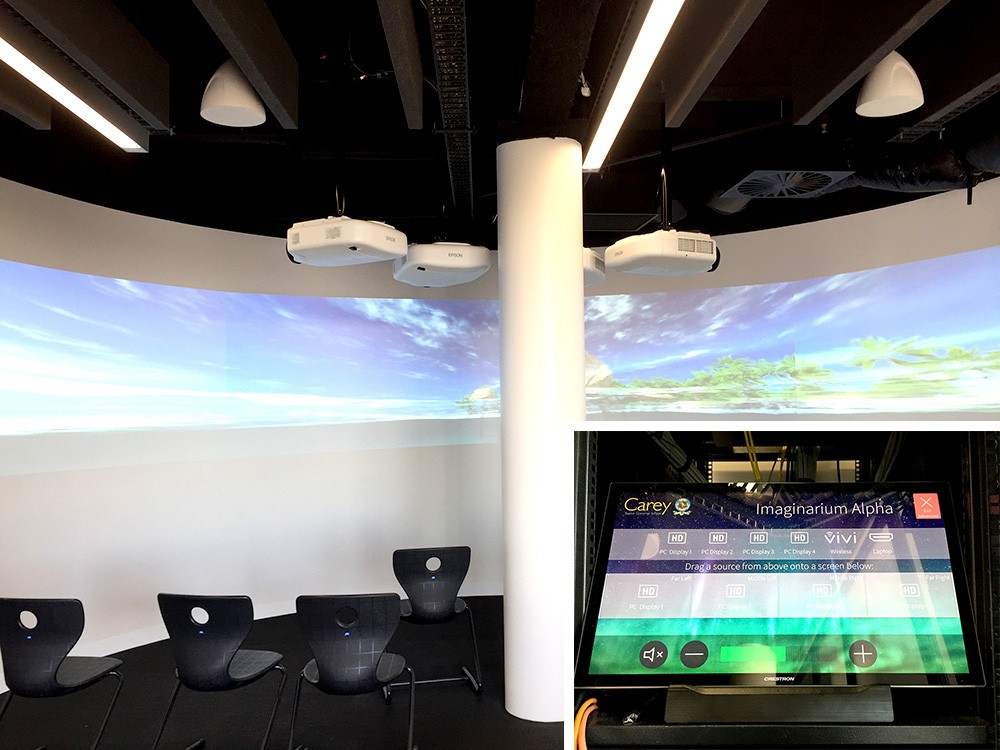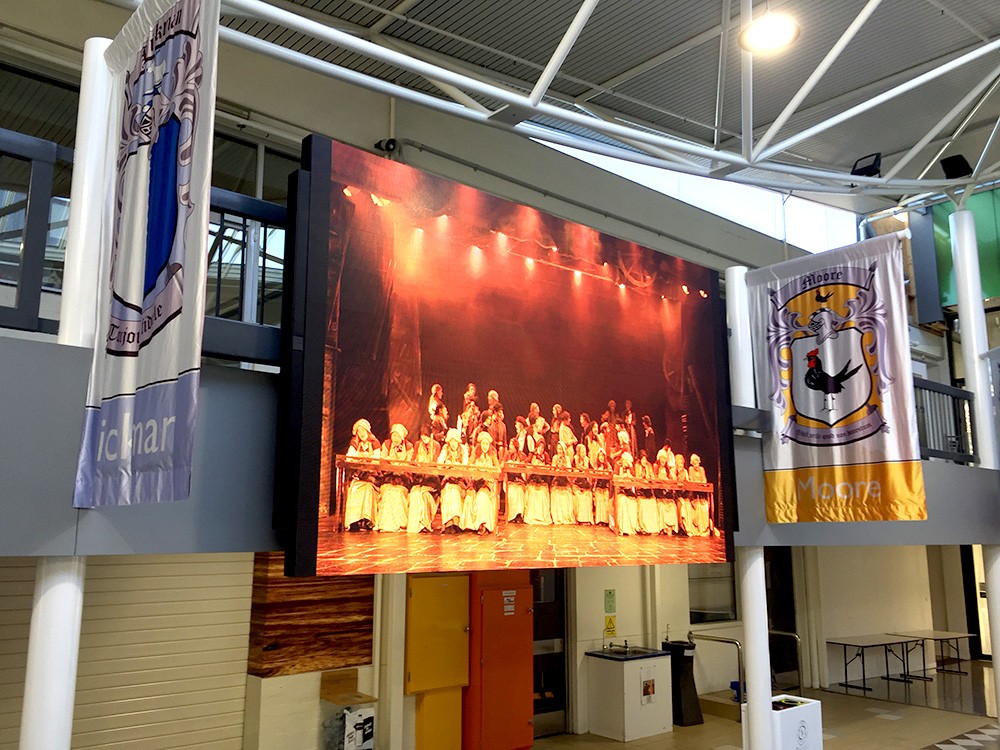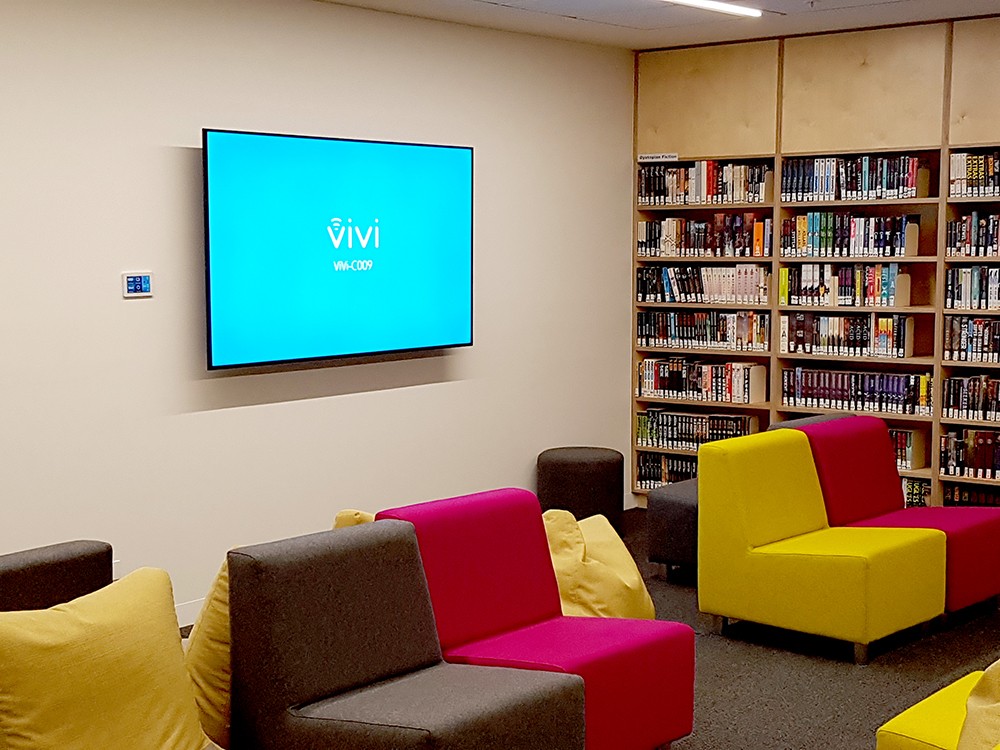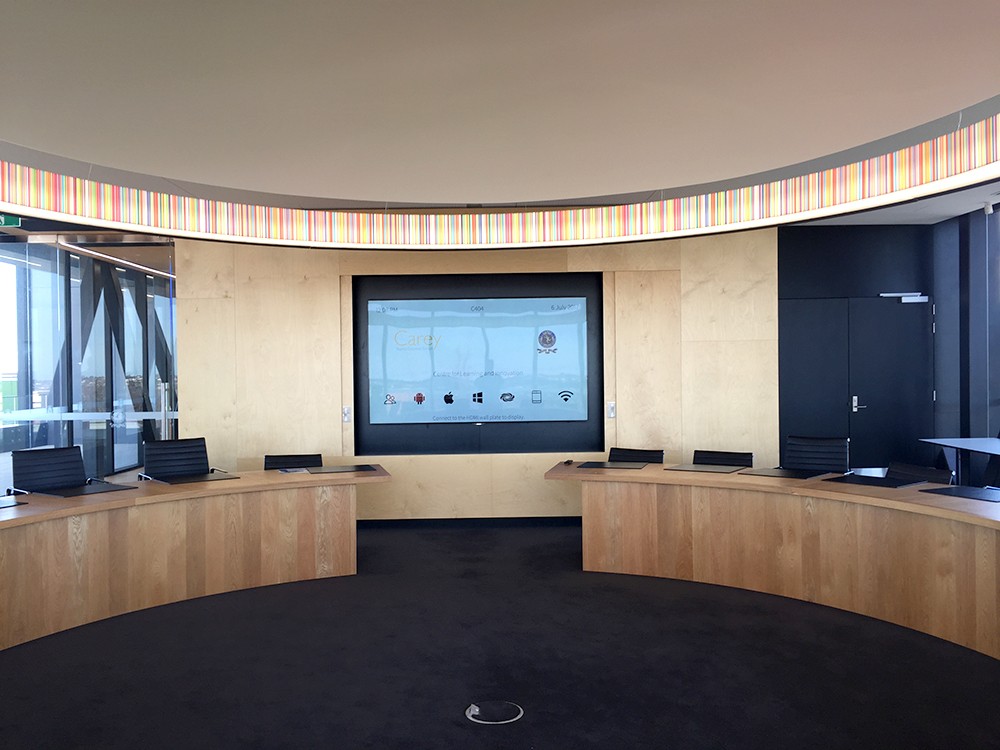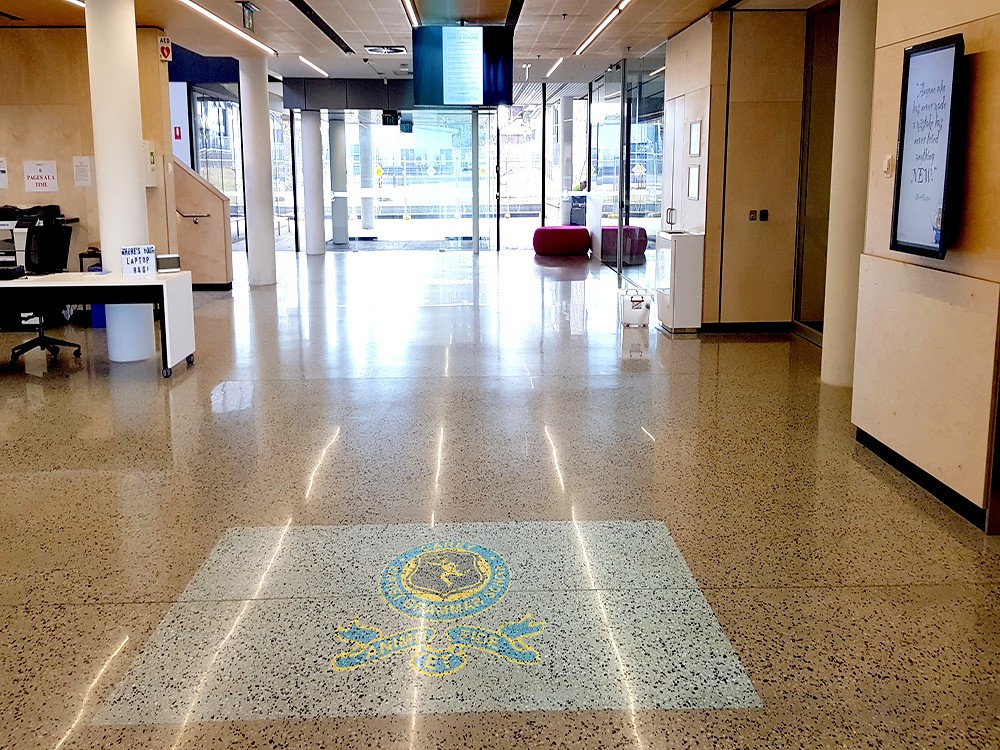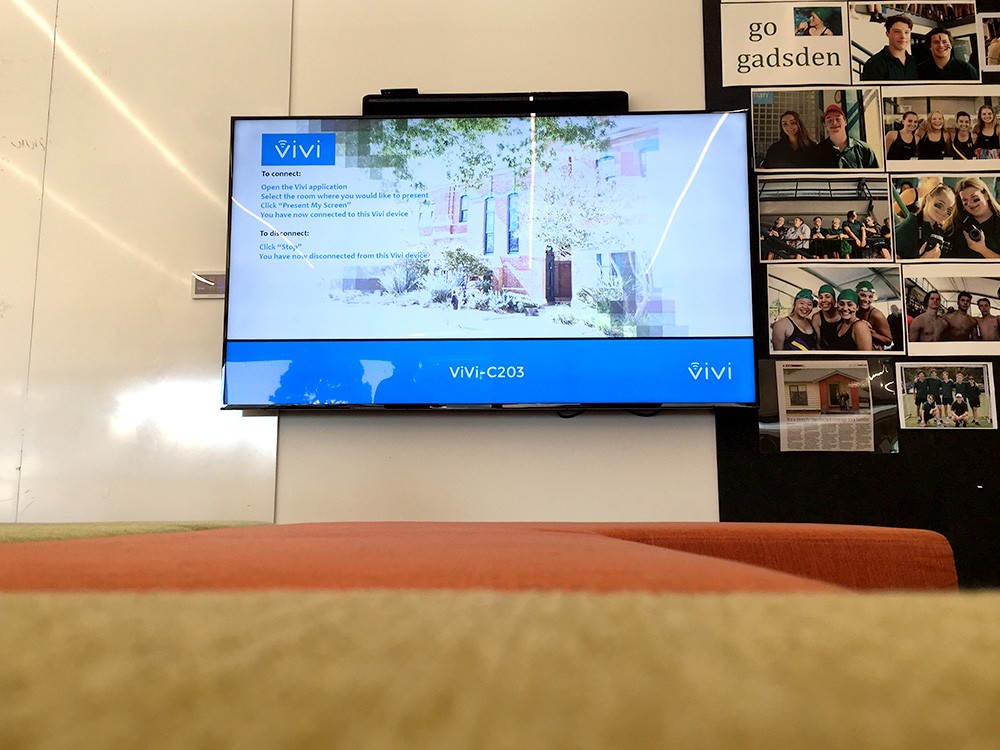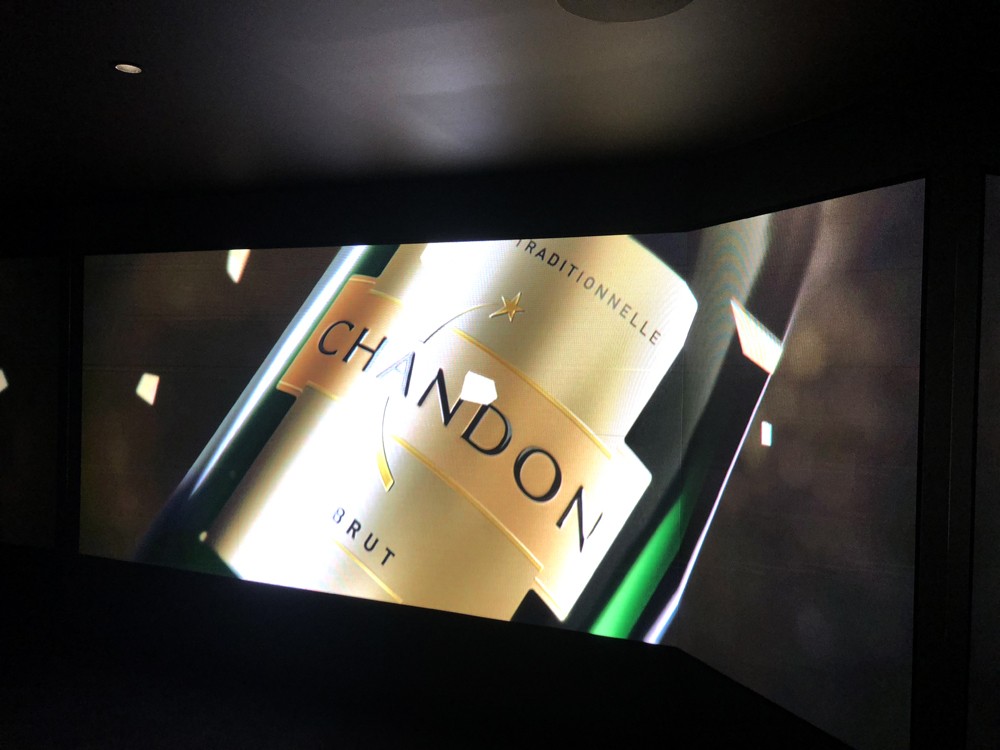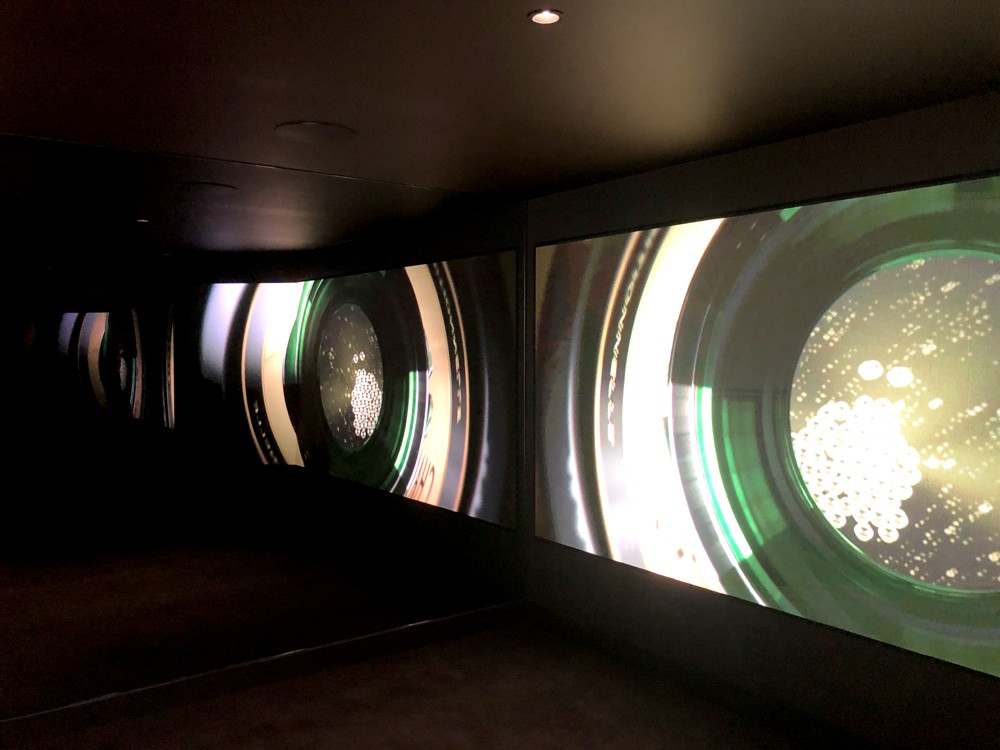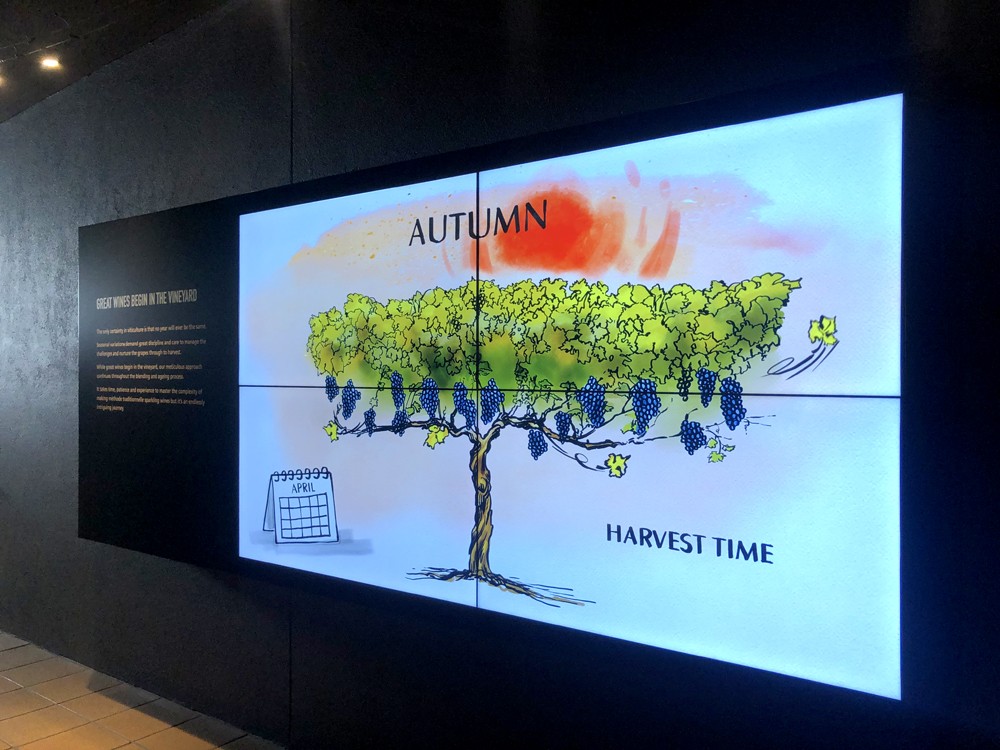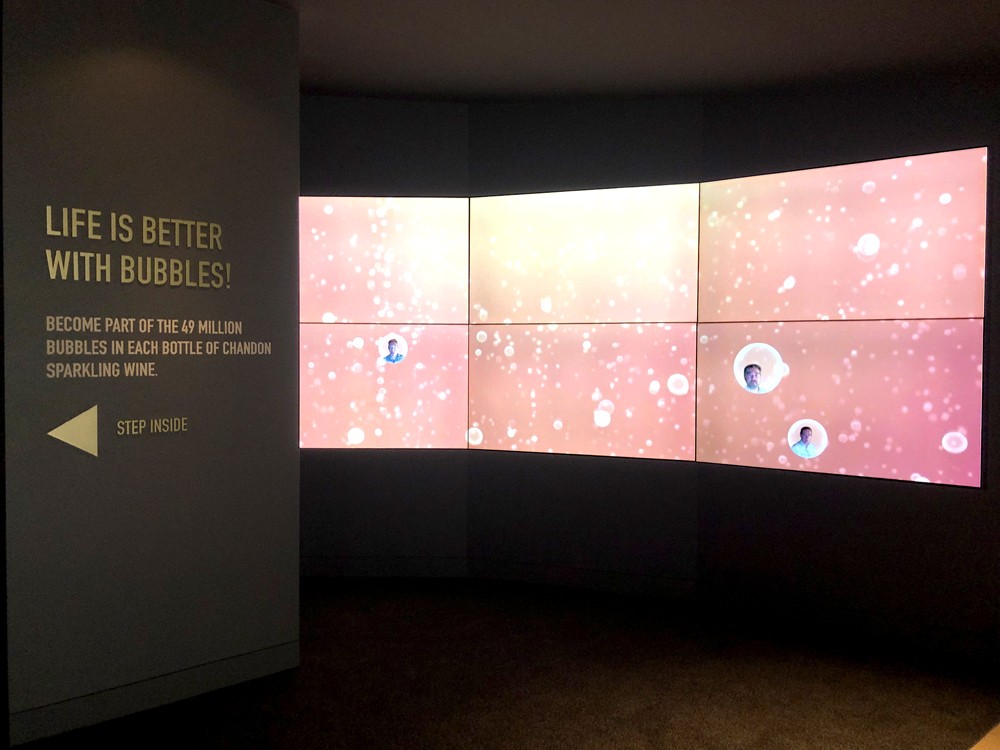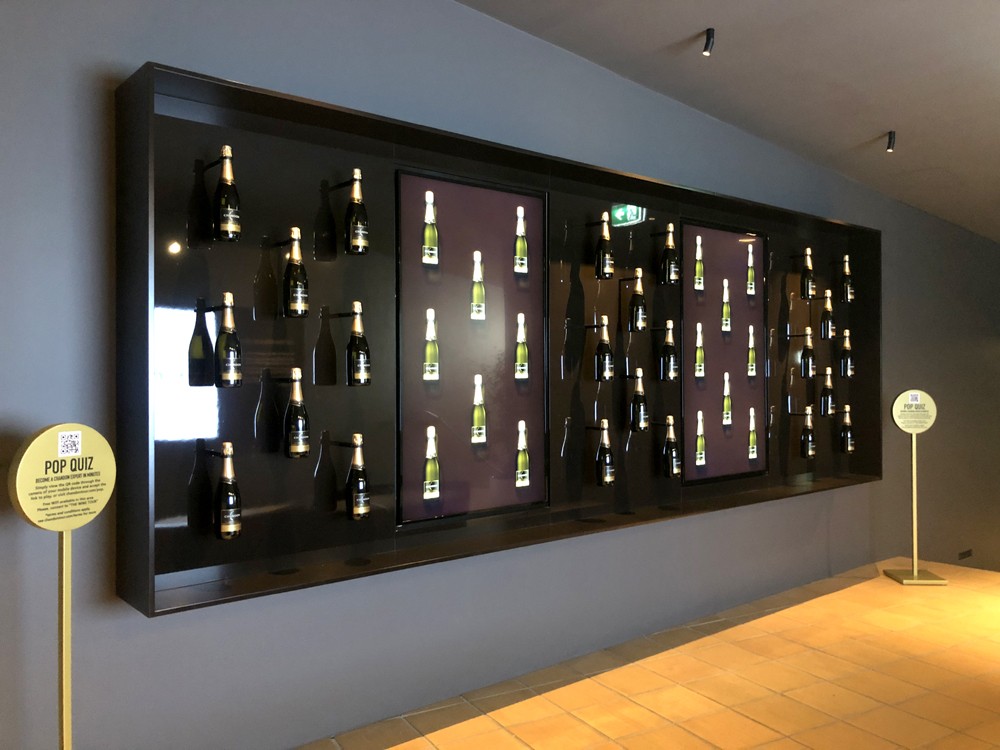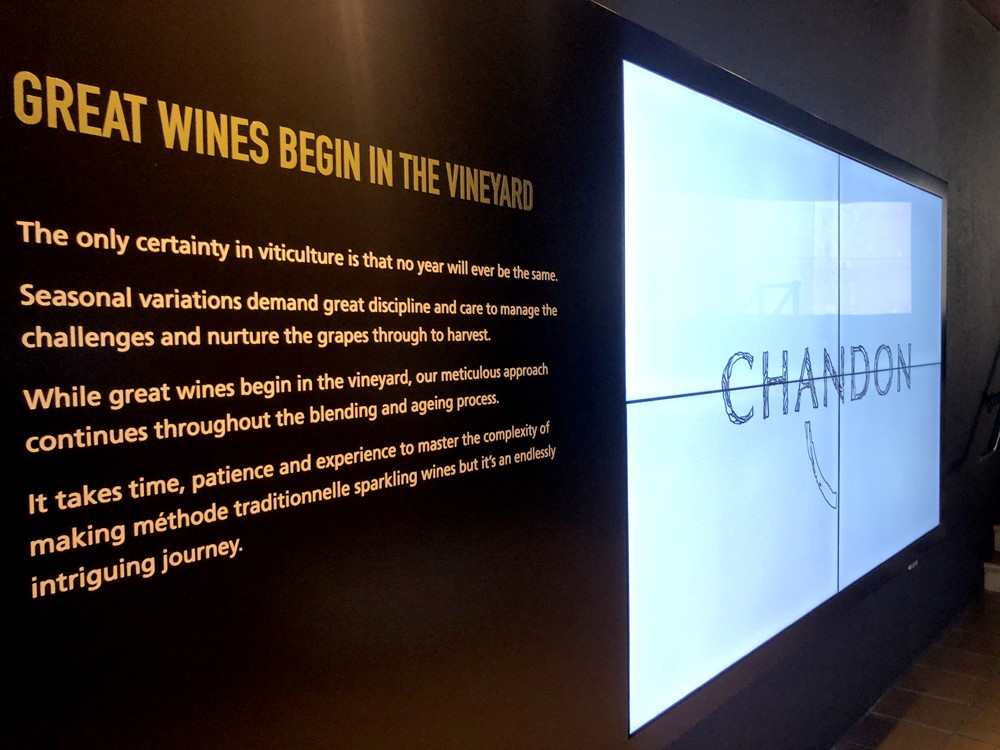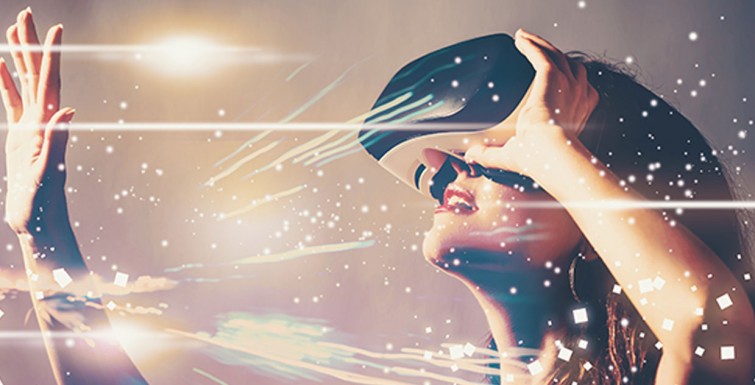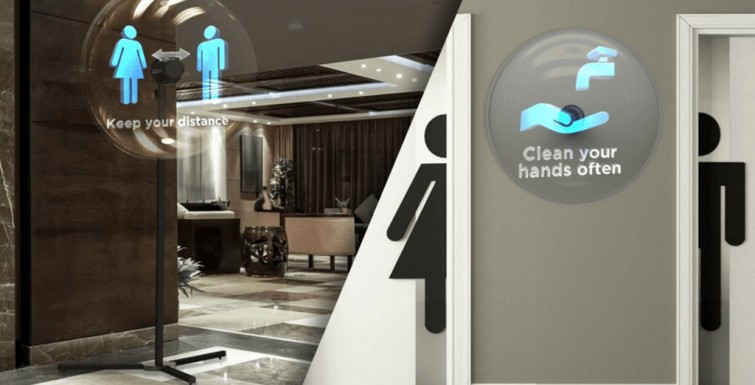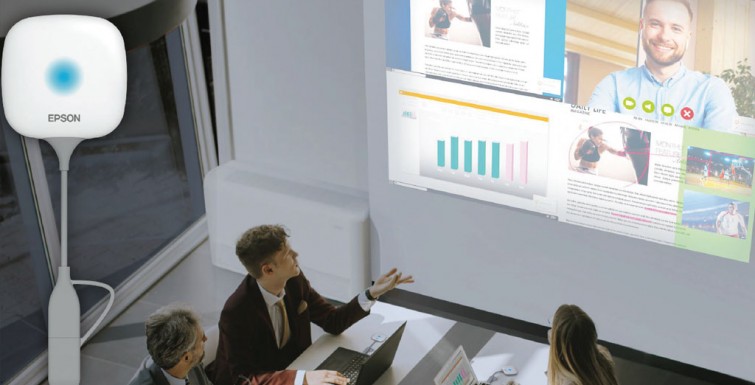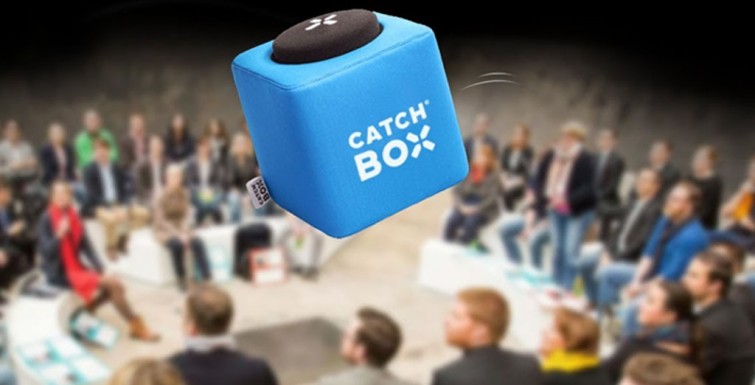As technology continues to rapidly evolve, so too does its impact on education. Audio visual (AV) technology in particular has become an increasingly important tool in classrooms around the world, providing a more engaging and interactive learning experience for students of all ages. The integration of audio visual technology is now essential to create a more immersive and interactive learning environment.
The rise of AV/T in education has transformed the way students learn and engage with course material—from interactive touchscreens to virtual reality headsets, educators now have access to a wide range of tools and resources to enhance the classroom experience. Today, we take a deep-dive into all things AV, technology, and what this could mean for the future of our industry:
Interactive Touchscreens
Interactive touchscreens are one of the most common audio visual tools used in today’s classroom. These boards allow teachers to display and manipulate digital content in real time. Students can interact with the content by writing notes and making annotations directly on the board. Interactive whiteboards provide a more dynamic and engaging learning experience, making it easier for students to understand complex concepts.
You can view our range of interactive touchscreens at the following link.
Devices
Devices such as tablets and smartphones have become ubiquitous in today’s society. Their use in education has grown exponentially in recent years, providing students with access to educational resources and tools like interactive textbooks, educational games and study apps.
Virtual and Augmented Reality
Virtual and augmented reality are two of the most exciting developments in audio visual technology for education. Virtual reality allows students to explore immersive, 3D environments that bring learning to life. Augmented reality overlays digital content onto the real world, providing a new way to experience and understand information. With VR and AR, students can explore the human body, visit historical sites and even travel to outer space, all from the safety of the classroom.
At Vision One, we’re chuffed about the potential of AR in education and are in the process of exploring ways to integrate this technology into our offerings. You can learn more about how Vision One is introducing AR/VR to our business model by visiting the following link.
Artificial Intelligence
AI-powered tools are being used to automate administrative tasks, such as grading and assessment, freeing up teachers’ time to focus on teaching and interacting with their students. AI is also being used to personalise learning experiences, providing students with targeted content and feedback based on their individual needs and learning styles.
The Future of Change
However, as new technologies are introduced, older technologies are becoming redundant. For example, traditional projectors are being replaced by more advanced, high-resolution displays. Additionally, as cloud-based services become more prevalent, on-premise hardware and software solutions are becoming less necessary.
Looking to the future, it’s clear that audio visual technology will continue to play an increasingly important role in education. New products, such as holographic displays (like our state-of-the-art HYPERVSN solution) and biometric sensors, are being introduced and have the potential to break-ground in the classroom teaching and learning process. The ongoing development of AI will also continue to influence education technology, allowing for even more personalised and adaptive learning experiences.
Overall, the evolution of audio visual technology in education is driven by a desire to improve the learning experience for students and make teaching more effective and efficient for educators. As educators continue to explore new ways to integrate audio visual technology into the classroom, students will ultimately benefit from a more immersive and connected learning experience.


